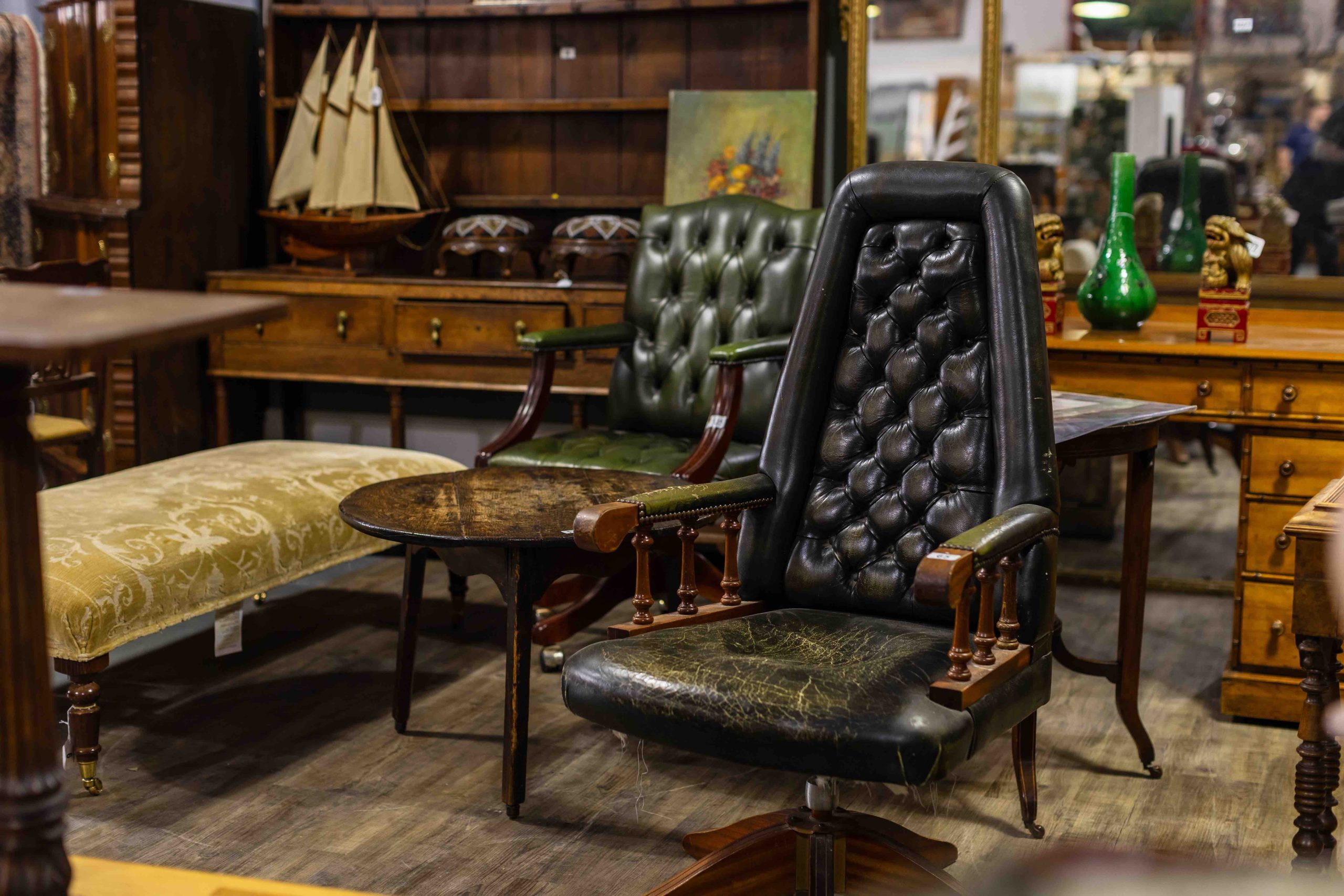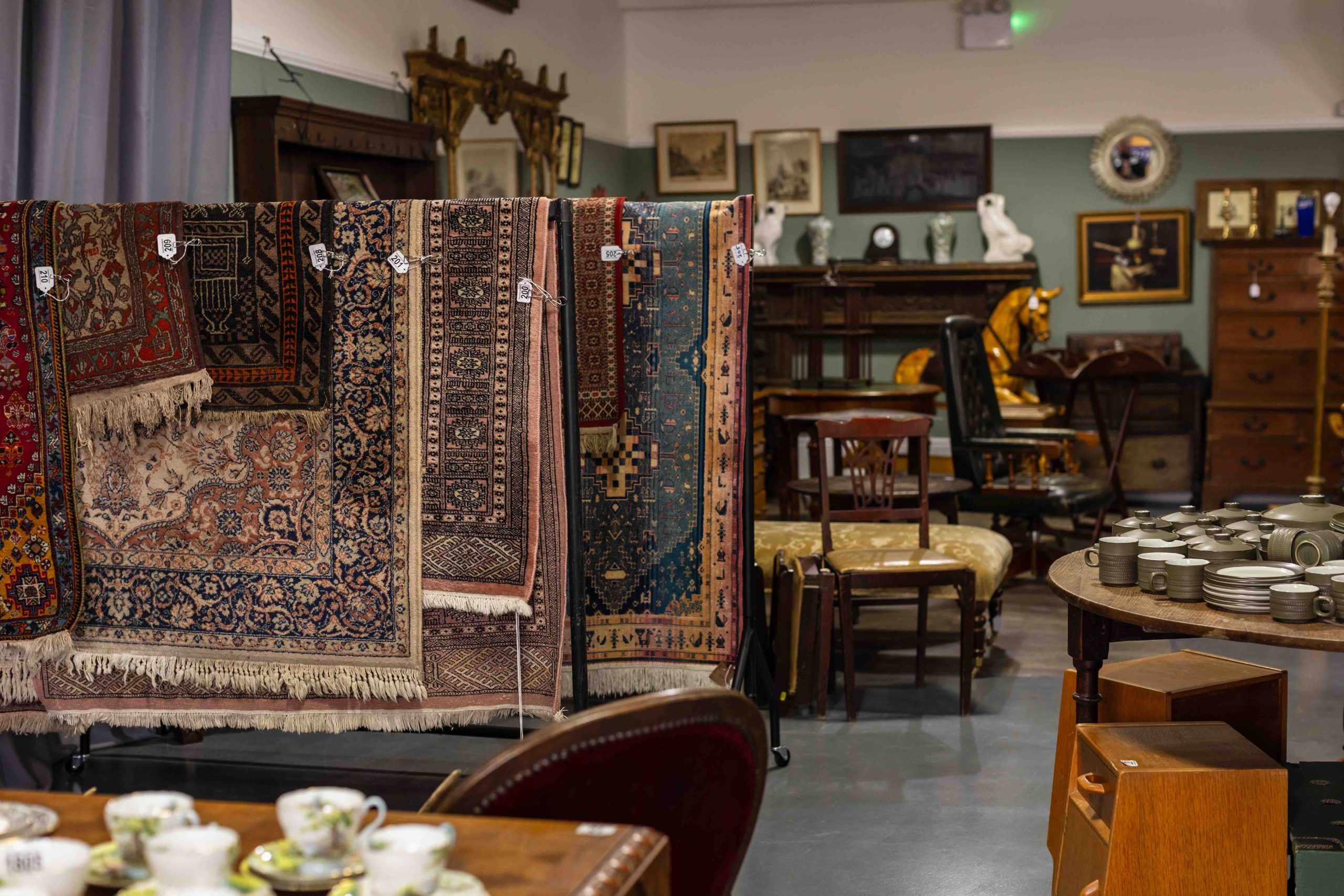Guide to British Watercolours
At Churchill Auctioneers watercolours are a regularly staple of the saleroom. With everything from unknown artists to established names there is often the opportunity to bid on some great value works. Here is our short guide to British watercolour art to get you started.
British watercolour art boasts a rich history with numerous renowned artists contributing to its development. This guide will help you understand the key aspects of British watercolour art and introduce you to some notable artists.
A Brief History of British Watercolour Art
Early Beginnings
- 16th to 17th Century: Watercolour painting in Britain began as a method for creating preparatory sketches and topographical drawings.
- 18th Century: The medium gained popularity for landscape painting, with artists like Paul Sandby laying the groundwork for future generations.
The Golden Age
- 19th Century: Often referred to as the golden age of British watercolour, this period saw a surge in the medium’s popularity. Artists developed sophisticated techniques, elevating watercolour to a respected art form.
20th Century to Present
- Modern and Contemporary: Watercolour remains popular, with modern artists experimenting with new techniques and subjects, continuing the tradition while pushing boundaries.
Notable British Watercolour Artists
18th Century
- Paul Sandby (1731-1809): Often called the father of English watercolour, known for his landscapes and topographical scenes.
19th Century
- Thomas Girtin (1775-1802): Played a significant role in establishing watercolour as a legitimate art form. Known for his atmospheric landscapes.
- J.M.W. Turner (1775-1851): Renowned for his innovative use of colour and light, Turner’s work in watercolour influenced many artists and solidified the medium’s status.
- John Sell Cotman (1782-1842): Noted for his architectural studies and landscapes, Cotman was a key figure in the Norwich School of painters.
- David Cox (1783-1859): Celebrated for his bold and expressive landscapes, Cox was a significant influence on later watercolourists.
20th Century
- John Singer Sargent (1856-1925): Though American-born, Sargent spent much of his career in Britain. His watercolours are known for their vibrant colours and fluid brushwork.
- Edward Wesson (1910-1983): Renowned for his loose and economical style, Wesson’s work has inspired many contemporary watercolourists.
Techniques and Styles
Traditional Techniques
- Transparent Washes: Applying thin layers of transparent paint to build up colour and depth.
- Dry Brush: Using a dry brush with minimal water to create texture and detail.
- Wet-in-Wet: Applying wet paint onto wet paper for soft, blurred edges and blending.
Modern Approaches
- Mixed Media: Combining watercolour with ink, gouache, or other mediums for diverse textures and effects.
- Experimental Techniques: Contemporary artists often explore unconventional methods, such as using salt, sponges, or masking fluid to achieve unique results.
Collecting and Appreciating Watercolour Art
Key Considerations
- Condition: Watercolours can be delicate. Look for works that have been well-preserved, avoiding those with significant fading or damage.
- Provenance: Understanding the history of the artwork, including previous ownership and exhibition history, can enhance its value and interest.
- Authenticity: Ensure the artwork is authentic, ideally with certificates or documentation from reputable sources.
Where to Buy
- Auctions: Churchill Auctioneers monthly sales are a great starting point, but most auction houses will have a watercolour section in their auctions or even specials watercolour sale days. Ensure you understand the bidding process and fees involved.
- Galleries: Specialised art galleries often have a selection of watercolours, both historical and contemporary.
- Art Fairs: Events like the Affordable Art Fair or the Watercolour Society exhibitions can be great places to discover new artists.
- Online Marketplaces: Websites like Artsy, Artnet, and even eBay can offer a range of options. Ensure you buy from reputable sellers.
Major Exhibitions and Institutions
- Tate Britain (London): Houses an extensive collection of British watercolours, including works by Turner and other significant artists.
- Victoria and Albert Museum (London): Features a wide range of decorative arts, including notable watercolours.
- The British Museum (London): Offers an impressive collection of historical watercolours.
- Royal Watercolour Society (London): Regular exhibitions showcasing the best in contemporary watercolour art.
Conclusion
British watercolour art is a rich and varied field, encompassing centuries of development and innovation. Whether you’re a collector, an aspiring artist, or simply an enthusiast, understanding the history, techniques, and key figures can enhance your appreciation of this beautiful and versatile medium. Happy exploring!
If you have watercolour artwork you are looking to sell get in touch with the Churchill’s team for free advice and valuations.


